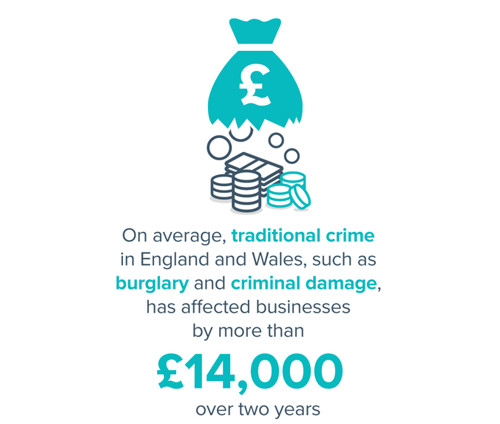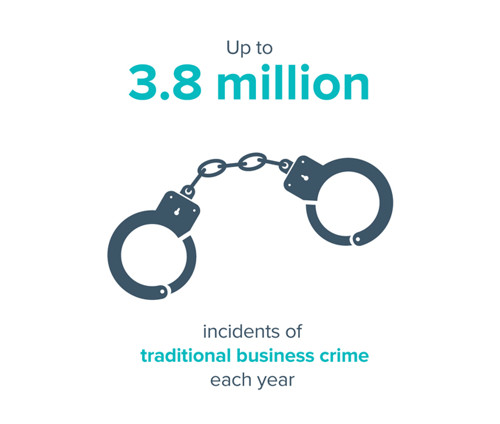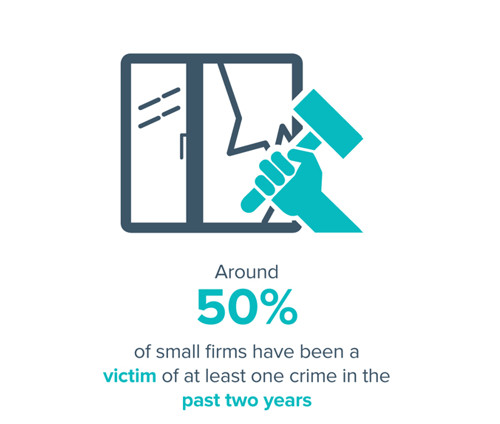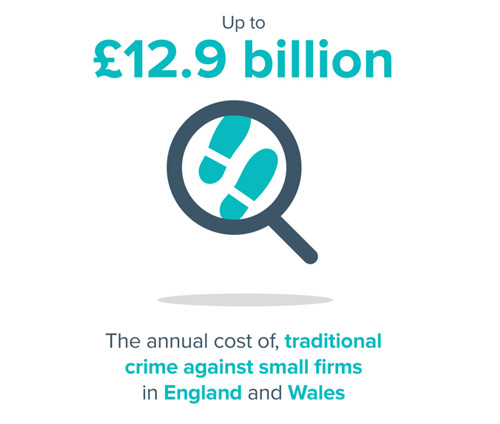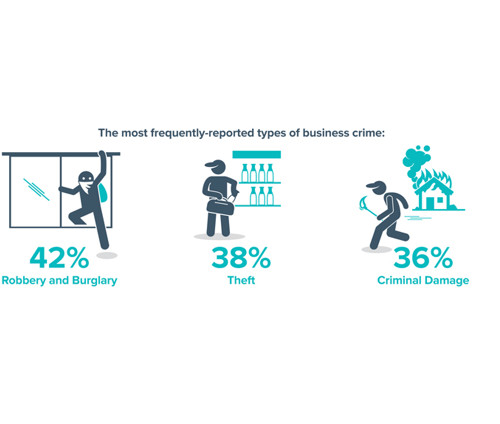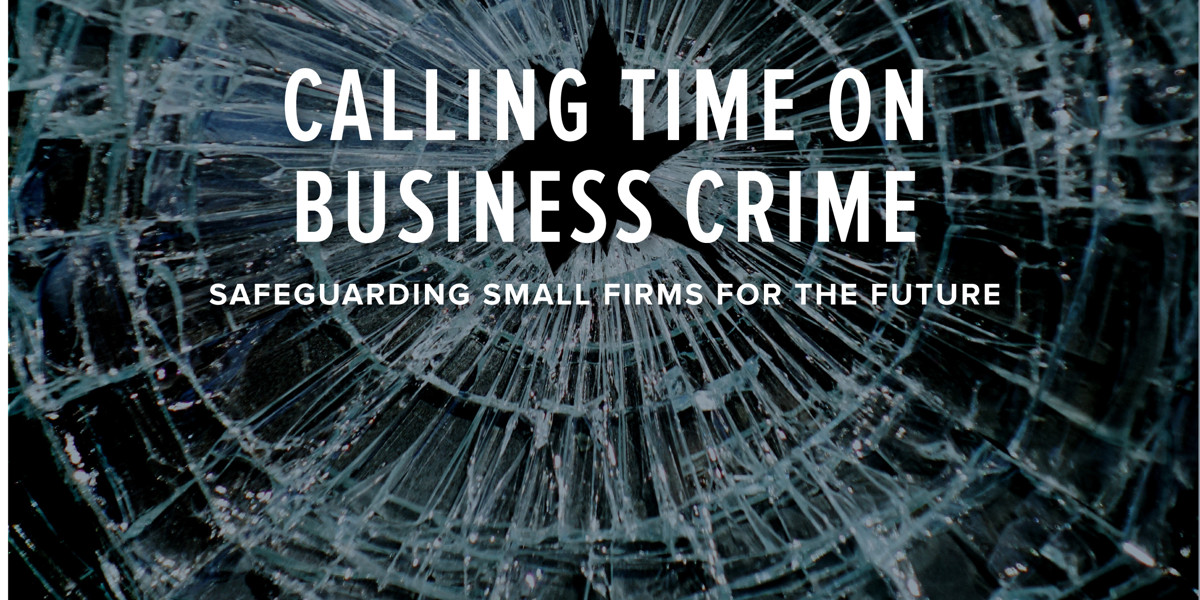Foreword
Improved data collection on business crime is the essential building block for the design of better policy interventions. This would require a simplified and consistent definition of business crime, a single online reporting hub for all non-emergency crime (building on lessons learned from Action Fraud which is widely recognised as ineffective) and a commitment to a regular, comprehensive business crime survey, following the approach of the Crime Survey for England and Wales.
Police and Crime Commissioners have not been game changers in terms of law enforcement doing more to tackle crime threats to local business communities. That is why we are calling on Government to introduce a code of practice which sets out a performance framework for PCCs. This could include good practice benchmarks on engagement with the local business community.
Last, but by no means least, we are calling for a comprehensive review of the division of responsibilities between different levels of policing in England and Wales. Local forces (with appropriate improvements), overseen by local representatives like a PCC, remain central to ensuring accountability over the majority of policing and ensure that local differences and interests are reflected in policing priorities. But it is clear that cybercrime and fraud require a critical-mass of resources, expertise and coordination that a mosaic of local forces are unable to provide.
The Government’s laser focus on crime is welcome. Now is the time to buck the trend and make sure that small businesses share the benefits of tackling crime in all its forms.
Cost of crime
On average, traditional crime has affected businesses by over £14,000 over two years.
Criminal incidents
...of traditional business crime.
Victims of crime
50% of small firms have been a victim of crime
Cost of crime
3.9 million - annual cost to small businesses of cyber crime
Cost of crime
£12.9 billion - annual cost to small businesses of traditional crime
Types of crime
Most frequently reported
Executive summary
Smaller businesses across the UK are particularly vulnerable to business crime, which has often been considered the poor relation to other forms of crime. This report demonstrates the extent of small business crime, the type of crimes they experience, the average costs to individual businesses owners and the wider economic impact.
Within the report we share insights gathered through in-depth survey work and qualitative evidence collected from interviews with FSB members and local business representatives. This report is split into five parts. The first part focuses on the extent of crime experienced by smaller businesses. The second part focuses on ‘traditional crime’. Examples of traditional crime include: burglary or robbery, theft by a third party, criminal damage to property and in-person processing of fraudulent payments. The third section of this report explores the impact of cybercrime, including phishing, malware and online processing of fraudulent payments. The fourth part looks at the impact of crime on individual businesses, with particular regard to those crimes that small firms say caused the most disruption. This section shows how infrequently such crimes are reported and to whom, and explores the response of the police. The final section of this report assesses how much priority is given to business crime by Police and Crime Commissioners and local constabularies.
Summary of recommendations
The recommendations within this report fall into three categories:
1. Improving information and transparency

In order to better tackle crime against small businesses, both policymakers and law enforcement need a clearer idea of its scale, scope and nature. Currently, the available data on the criminality suffered by smaller businesses is partial. It is not comprehensive enough to be useable by policymakers and the police for planning the distribution of law enforcement resources. Nor is it robust enough for smaller businesses and their representatives to use to hold the authorities accountable for their performance.
2. Improving police capacity and capability

A step change in police resourcing is needed if the police are to properly tackle crimes against business, in addition to other demands on their existing resources. Many crimes, such as cybercrime, are inherently difficult to police and require additional capacity and capability. And in the rapidly-changing crime environment, the law needs to keep up to date with developments and provide law enforcement with ample legal authority and contemporary tools to tackle crime.
3. Improving organisation, governance and accountability

The introduction of Police and Crime Commissioners (PCCs) has not brought about the hopedfor shift towards law enforcement doing more to tackle the crime threats to local business communities. Improvements to the current governance structures around policing to improve accountability are needed. Changes to the organisation of policing would help relieve some of the rapidly changing and expanding demands on local constabularies. This would release more resources at the local level for local priorities such as ‘traditional’ crimes perpetrated against the small business community. An effective way of improving the accountability of policing to the local business community is through strengthening the relationship between local business communities and the relevant PCC. Additionally, bolstering the authority of the PCCs over local policing priorities is key.
Download the full report



